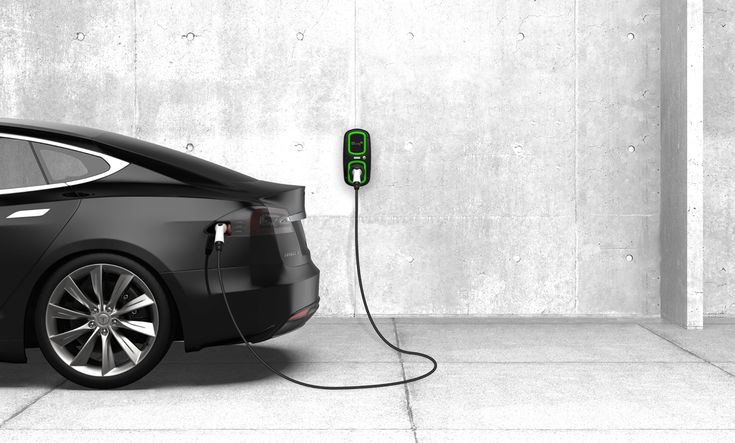Switching to an electric vehicle (EV) is exciting — it’s cleaner, quieter, and often cheaper to run. But one of the biggest concerns for new EV drivers is charging. Unlike gas cars, charging an EV requires understanding different plug types, charging levels, and station networks.
Don’t worry — this guide breaks down EV charging in simple terms so you can hit the road with confidence.
1. The Basics: How EV Charging Works
EVs use rechargeable batteries, similar to your phone or laptop, but on a much larger scale. Charging simply means transferring electricity from a power source into the car’s battery.
There are three main charging levels you need to know:
2. EV Charging Levels Explained
⚡ Level 1 Charging (Slow)
-
Source: Standard household outlet (120V)
-
Speed: 3–5 miles of range per hour
-
Best for: Overnight charging at home, short daily commutes
⚡ Level 2 Charging (Medium)
-
Source: 240V outlets (like those used for dryers) or public charging stations
-
Speed: 20–40 miles of range per hour
-
Best for: Home installation or workplace charging; ideal for most EV owners
⚡ Level 3 Charging (Fast / DC Fast Charging)
-
Source: Commercial high-powered chargers (50kW–350kW)
-
Speed: 60–250+ miles of range in 30 minutes
-
Best for: Long road trips, quick top-ups at public stations
3. EV Charger Types and Connectors
Different EVs use different plugs, but here are the most common:
-
Type 1 (J1772) → Common in North America, works with most Level 1 and Level 2 chargers.
-
Type 2 (Mennekes) → Widely used in Europe.
-
CCS (Combined Charging System) → Popular for fast charging in both North America and Europe.
-
CHAdeMO → Older Japanese standard (used by Nissan Leaf, Mitsubishi Outlander).
-
Tesla Connector → Exclusive to Tesla Superchargers (though Tesla now offers adapters for CCS).
4. Where to Charge Your EV
-
At Home:
Most EV drivers charge at home overnight. Installing a Level 2 home charger is recommended for daily convenience. -
At Work:
Some employers offer charging stations as a perk. -
On the Road:
Apps like PlugShare, ChargePoint, and Tesla Supercharger maps help you locate nearby charging stations.
5. How Much Does EV Charging Cost?
-
Home Charging: Depends on your electricity rate. On average, it costs $8–$15 for a full charge, much cheaper than gas.
-
Public Charging: Some stations are free, others charge by the kWh, by the minute, or per session. DC fast charging can cost $0.25–$0.60 per kWh.
💡 Pro Tip: Charging at home during off-peak hours can save money.
6. Charging Best Practices for Beginners
✅ Don’t always charge to 100% — Keep battery health by charging to around 80–90% for daily use.
✅ Avoid deep discharges — Try not to let your battery fall below 10%.
✅ Plan long trips ahead — Map out fast-charging stations along your route.
✅ Keep a charging cable in your trunk — For flexibility in case public chargers don’t have one.
7. Future of EV Charging
The EV charging world is evolving fast:
-
Wireless charging pads are being tested for homes and public lots.
-
Ultra-fast chargers (up to 1,000kW) are on the horizon.
-
Solar-powered charging hubs could make EVs even greener.
Charging an EV may feel complicated at first, but once you understand the basics — levels, connectors, locations, and costs — it’s as simple as plugging in your phone. With more charging stations being built every year, EV ownership is becoming easier and more convenient worldwide.
So the next time someone asks, “But where do you charge it?”, you’ll have the perfect answer.
